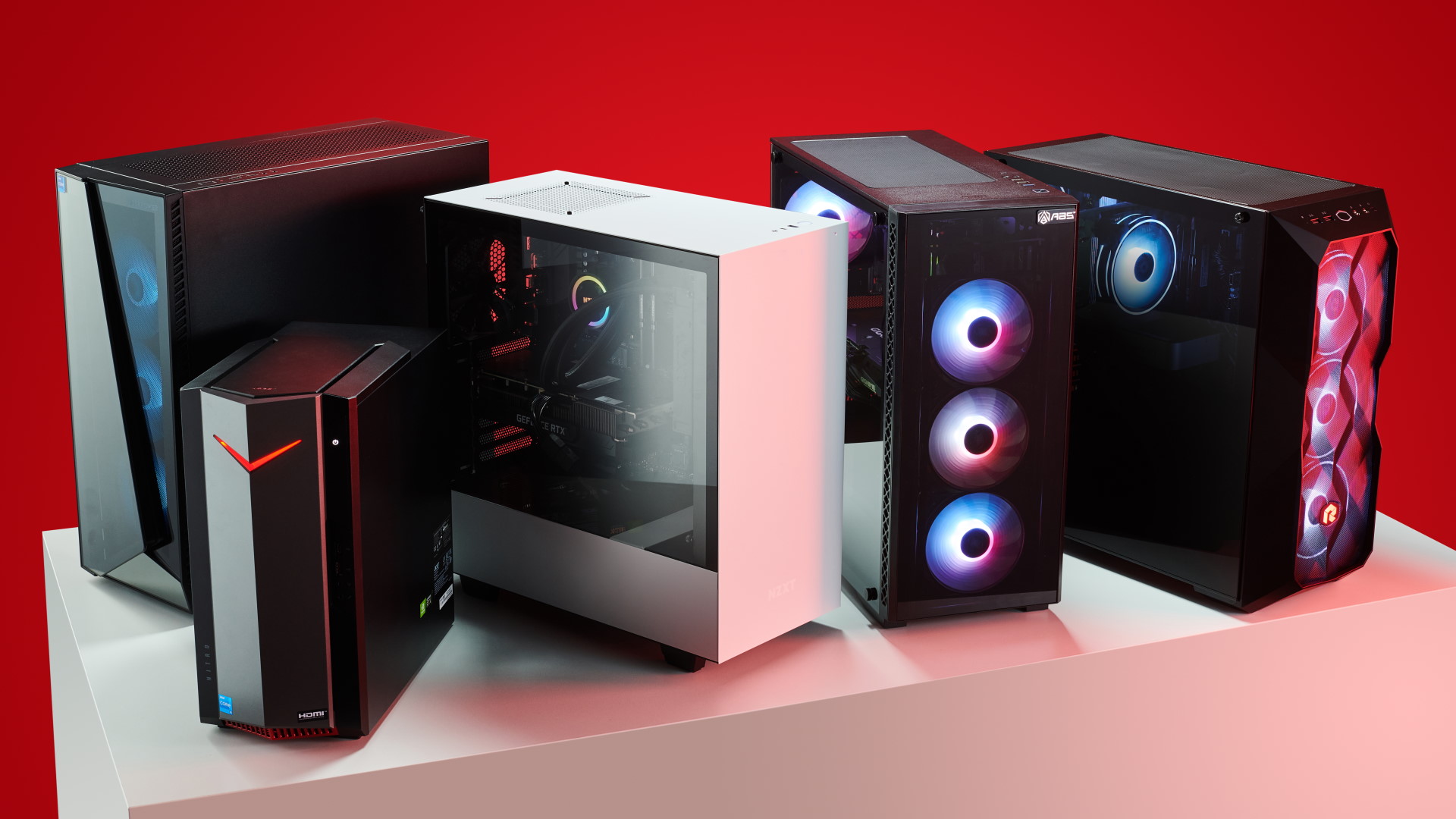Building your own gaming PC is one of the most rewarding projects for gamers. Unlike pre-built systems, building it yourself gives you full control over the components, performance, and budget. But with so many parts to choose from, it can feel overwhelming to know where to start.
The truth is—you don’t need to spend a fortune to enjoy smooth gaming. With careful planning and the right choices, you can build a powerful machine at almost any budget. Here’s a guide to help you through the process.
Step 1: Set Your Budget
Before you buy anything, decide how much you’re willing to spend. Gaming PCs can range from budget-friendly builds around ₹40,000 to high-end setups worth over ₹2,00,000.
- Entry-Level (Budget Build): Great for 1080p gaming at medium settings.
- Mid-Range: Handles 1080p/1440p gaming smoothly with higher frame rates.
- High-End: Perfect for 1440p/4K gaming, streaming, and VR.
Your budget will influence the type of components you can afford, so it’s important to plan early.
Step 2: Choose the Right Processor (CPU)
The CPU is the brain of your PC. A good processor ensures smooth performance, especially in CPU-intensive games.
- Budget builds: AMD Ryzen 3 or Intel i3 processors.
- Mid-range builds: AMD Ryzen 5 or Intel i5.
- High-end builds: AMD Ryzen 7/9 or Intel i7/i9.
Tip: For gaming, you don’t always need the most powerful CPU—most games rely more on the graphics card.
Step 3: Pick a Capable Graphics Card (GPU)
The graphics card is the heart of a gaming PC. It determines how well your system handles visuals, frame rates, and overall performance.
- Budget-friendly GPUs: NVIDIA GTX 1650, AMD RX 6500 XT.
- Mid-range GPUs: NVIDIA RTX 3060/3070, AMD RX 6700 XT.
- High-end GPUs: NVIDIA RTX 4080/4090, AMD RX 7900 series.
If gaming is your priority, this is the component where you should allocate most of your budget.
Step 4: Decide on RAM
For modern gaming, 16GB of RAM is the sweet spot.
- 8GB RAM works for light gaming but may cause stuttering in newer titles.
- 32GB RAM is useful for heavy multitasking, streaming, or video editing.
Make sure to choose faster RAM (at least 3200 MHz) for better performance.
Step 5: Storage Options
Games today are large, so storage is important.
- SSD (Solid State Drive): Faster load times and smoother performance. A 500GB SSD is a good starting point.
- HDD (Hard Disk Drive): Cheaper but slower, useful for storing large files or older games.
For the best balance, use an SSD for your operating system and frequently played games, and an HDD for extra storage.
Step 6: Select a Motherboard
The motherboard connects all your components, so it needs to be compatible with your CPU and RAM.
- Budget builds: Basic motherboards with fewer features but reliable performance.
- Mid to high-end builds: Boards with better cooling, more USB ports, Wi-Fi support, and overclocking options.
Check the socket type (e.g., AM5 for AMD, LGA 1700 for Intel) to ensure compatibility.
Step 7: Power Supply (PSU)
Never compromise on the power supply—it protects your system from electrical issues.
- Choose a reliable PSU with at least 80+ Bronze certification.
- Wattage depends on your components, but 500–750W covers most builds.
Investing in a quality PSU ensures stability and longer component life.
Step 8: Cooling System
Gaming PCs generate heat, and good cooling is essential for smooth performance.
- Budget builds usually do fine with stock coolers.
- For mid-range and high-end builds, consider aftermarket air coolers or liquid cooling for better thermal performance.
Case fans also help maintain airflow and keep your system running efficiently.
Step 9: Pick the Right Case
Your case houses all the components, but it also impacts cooling and aesthetics.
- Budget cases: Functional, with basic airflow.
- Mid-range/high-end: Better airflow, tempered glass panels, RGB lighting.
Choose one that fits your components (check for ATX, Micro-ATX, or Mini-ITX compatibility).
Step 10: Peripherals and Monitor
Don’t forget the extras! A gaming PC is incomplete without the right peripherals.
- Monitor: For budget builds, a 1080p 60Hz monitor works. For smoother gameplay, aim for 144Hz or higher refresh rates.
- Keyboard and mouse: Mechanical keyboards and gaming mice improve accuracy and experience.
- Headset or speakers: Good audio enhances immersion.
Tips to Save Money
- Buy during festive sales or seasonal discounts.
- Consider slightly older components (last year’s GPU or CPU) for better value.
- Check for bundles or pre-owned parts from trusted sellers.
Final Thoughts
Building a gaming PC doesn’t have to be expensive. Whether you’re on a tight budget or aiming for a premium setup, smart choices can ensure smooth gameplay and long-lasting performance. Focus on what matters most—your GPU, CPU, and RAM—and balance other components around them.
The best part of building your own PC is that it’s upgradeable. Start with what you can afford now, and upgrade over time as your needs and budget grow.
In the end, the perfect gaming PC is not the most expensive one—it’s the one that gives you the performance you need without draining your wallet.
